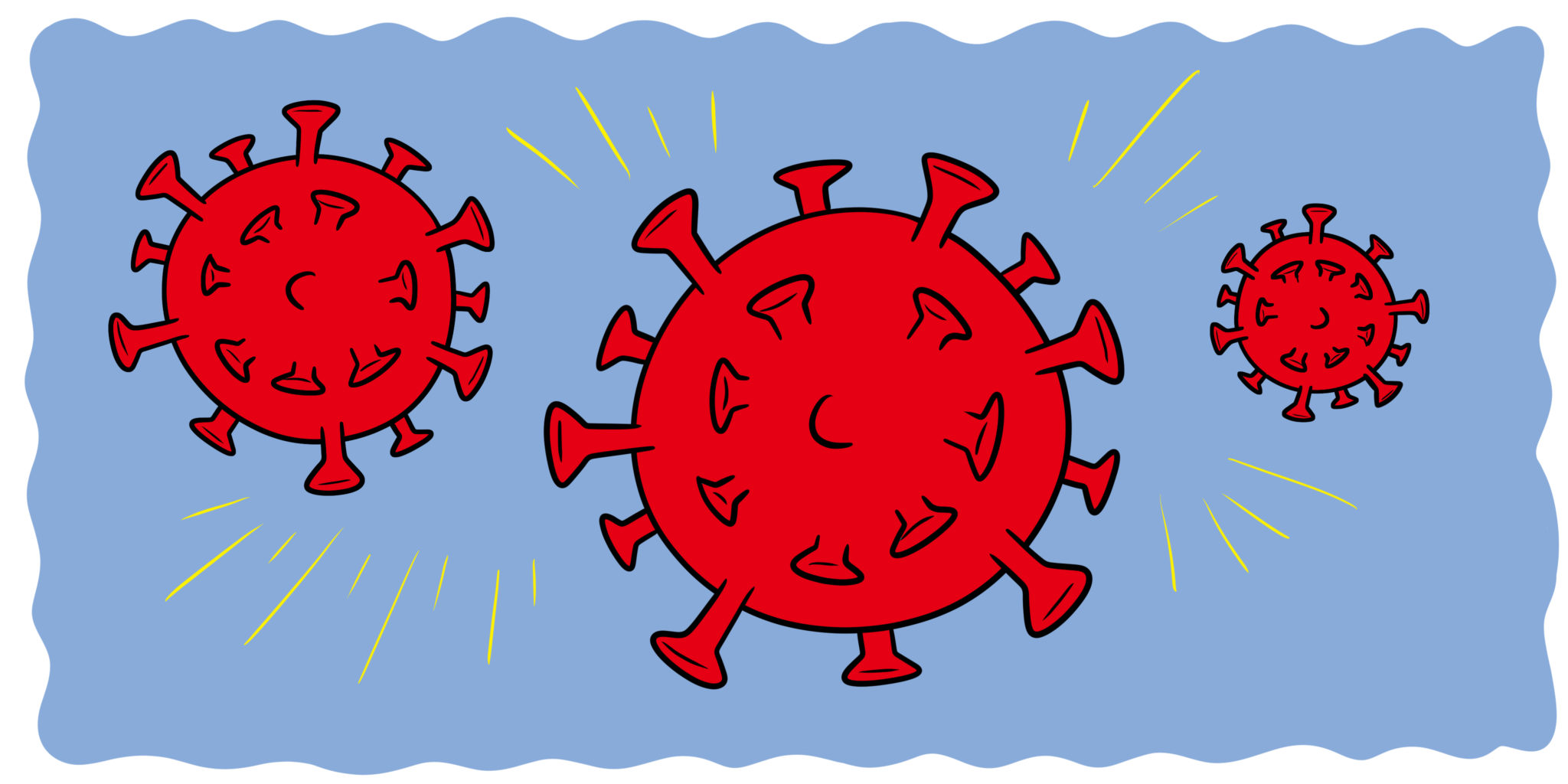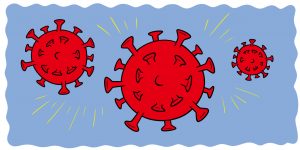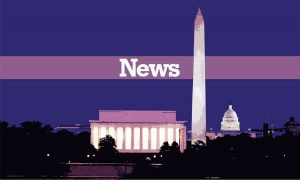This piece appears as part of our On The Pandemic column, featuring commentary about the COVID-19 pandemic from a diverse set of voices.
“The next week is going to be our Pearl Harbor moment. It’s going to be our 9/11 moment.” These were the words of Surgeon General Jerome Adams in an interview on NBC’s Meet the Press, as he attempted to persuade the general public of the importance of a mandatory stay-at-home order. His metaphors introduce conflicting ideas that misrepresent the situation.
Adams’s comparison of the COVID-19 pandemic to 9/11 and Pearl Harbor, though likely to convey to the American public the severity of the situation, is deeply flawed. While 9/11 and Pearl Harbor were tragic moments in U.S. history and likely to trigger an emotional response from his audience, they were also sudden attacks from outside threats. Associating these events with the COVID-19 pandemic greatly misrepresents the situation. The pandemic has been building for months and is the result of collective inaction across the world. By depicting COVID-19 as an outside attack, the metaphor fails to acknowledge the role of the individual in preventing the spread of the virus. In this sense, including such metaphors in news articles risks counterproductive ideologies, sacrificing integrity for dramatic language.
Every metaphor brings with it certain entailments—meanings associated with the source of the metaphor. Because metaphors rely on personal interpretation, it is impossible to predict every entailment that a person might associate with a particular metaphor. In a linguistics study on war metaphors in public discourse, researchers found that while war metaphors have been shown to incite a sense of urgency or anxiety, urgency and anxiety are not the only connotations that can be drawn from these metaphors. War metaphors can also create a sense of helplessness as the pandemic stretches on without an immediate solution in sight. War also introduces the need to blame, leading people to search for scapegoats and increasing hostility. These mentalities are counterproductive as they add unnecessary tension.
Though it is possible that readers will ignore these associations, by including a flawed metaphor, Adams undermines his authority as a source of information. Those who react negatively to the metaphor may disregard the rest of the important message. It is important for all communication about COVID-19 to be as clear as possible. Metaphor introduces the potential for confusion that will only extend the pandemic and cause greater disruption.
Nevertheless, the use of war metaphors to describe the pandemic is relatively common. References to attacks, wars, battles, soldiers, and enemies are just a few of the military metaphors used in the media to describe COVID-19. Among the most common parallels drawn between war and pandemic is the comparison of health care workers to soldiers. A New York Times article about the need for more doctors with emergency room training was titled “With virus surge, dermatologists and orthopedists are drafted for the E.R.” Another article from the Boston Globe was titled “Hospitals redeploy thousands of health care workers to respond to COVID-19 crisis.” Throughout these articles the terms “drafted,” “redeployed,” “duty,” and “temporary assignment” are repeated. New York Governor Andrew Cuomo’s March 30 press conference is a clear example. “The soldiers in this fight are our health care professionals. It’s the doctors, it’s the nurses, it’s the people who are working in the hospitals, it’s the aids. They are the soldiers who are fighting this battle for us,” Cuomo said.
At first glance, Governor Cuomo’s metaphor is a huge compliment to health care workers. It ignores, however, the fundamental differences between soldiers and health care workers, warping the perspective of the general public. Health care workers did not sign up to risk their lives as soldiers are asked to. And yet, this expectation has been transferred to them as easily as the soldier metaphor, priming the public to accept their deaths as “part of the job.” This language is dangerous as it removes responsibility from the general public and isolates the health care workers, dividing the nation in a time when it is more important than ever to remain united. The soldier metaphor makes it easy for the public to think of health care workers in the same way they view soldiers fighting a war in a far-off country.
The soldier metaphor is also often invoked to depict heroism. Soldiers are often perceived as the ultimate heroes. However, entailments of heroism and bravery are not exclusive to soldiers. It should be possible for the public to associate heroic entailments directly with the health care workers and their tireless efforts to care for their patients despite the danger and poor conditions. This would help create a mentality of honor and respect that lasts long after the news has stopped calling them soldiers.
Though potentially dangerous, the use of metaphors in news articles to describe pandemics is not a new phenomenon; metaphors are eye-catching and memorable, adding emotion and drama to the story to make the article stand out. War metaphors have been used to describe epidemics since the 1600s—British doctor Thomas Sydenham is famously known for his comparison, “I attack the enemy within. A murderous array of disease has to be fought against, and the battle is not a battle for the sluggard.”
Metaphors are especially dangerous in the age of digital media. With such a high quantity of articles related to COVID-19 being published daily, it seems more important than ever for news outlets to make their articles stand out. A researcher at Opole University found that news media outlets tend to use metaphors to increase emotionalization and make their coverage more dramatic in an effort to appear relevant and important and increase circulation. And because COVID-19 is an unprecedented tragedy, many still struggle to grasp what is happening. The heavy presence of war metaphors in the news pushes the general population to view efforts to stop COVID-19 as a war itself. In doing so, these metaphors imagine hospitals as battlegrounds and health care workers as soldiers expected to sacrifice their lives.
Elena Semino, a linguist at Lancaster University, proposed other metaphors that may be more effective when talking about COVID-19. For example, comparing the pandemic to a forest fire helps emphasize the need for everyone to be vigilant and proactive. This metaphor also emphasizes the unpredictable and ever-changing nature of the threat.
Other non-war metaphors have been used across social media. Classic FM tweeted about social distancing saying “Social distancing is like asking a string section to play pianissimo: it only works if everyone does it.” Aisha S. Ahmad referred to the pandemic as a race, saying, “Understand that this is a marathon. If you sprint at the beginning, you will vomit on your shoes by the end of the month. Emotionally prepare for this crisis to continue for 12 to 18 months, followed by a slow recovery.”
These examples illustrate a better use of metaphor to describe COVID-19. They help to convey information without introducing any immediately negative or misleading associations. To connect with their readers, the authors include metaphors emphasizing the importance of social distancing and maintaining a positive attitude.
In discussions about COVID-19, it is the military metaphors that are the most dangerous. War metaphors related to COVID-19 are overused and often inaccurate, and descriptions of the pandemic should instead turn to non-violent metaphors that emphasize the need for community and perseverance. Still, no matter how well-intentioned the metaphor, the innumerable entailments associated with the source make it impossible to control the exact effect the metaphor will have. The safest way to communicate information is to completely exclude metaphors. It is important that the coverage of COVID-19 accurately reflects the situation as language is a crucial influence on how we perceive and remember events. If everything we read in the news depicts the pandemic as a war, then that is how we will remember it. We cannot learn from the past if we never saw it for what it truly was; not a war but a result of collective inaction.
Image Credit: Matthew Loffhagen




